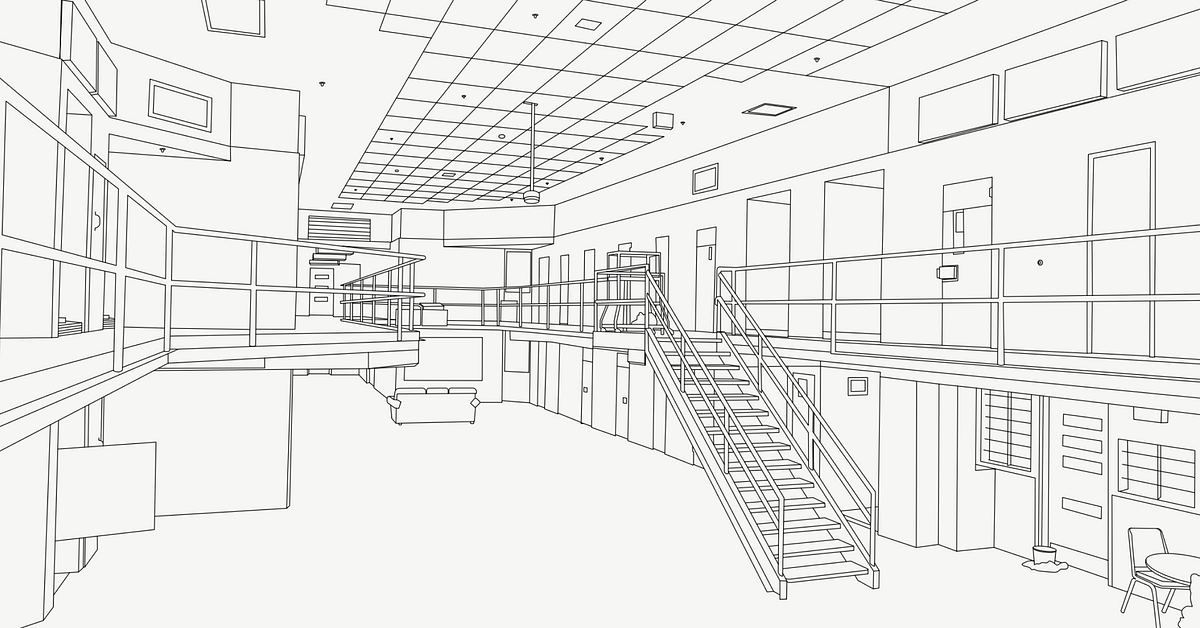Can the U.S. Make Prisons More Rehabilitative? Here’s a Major Test Case
 www.themarshallproject.org
www.themarshallproject.org
Restoring Promise is a national initiative led by the Vera Institute of Justice, a New York-based nonprofit that partners with states on criminal justice reform programs. The first unit launched in Connecticut, a blue state, in 2017 — a moment when public officials across the left and right were talking about making prisons more rehabilitative. Soon after, Vera received applications for the program from several red states, including South Carolina.
Despite the buzz, these experiments remain drops in the ocean of America’s prisons and jails, which hold nearly 2 million people, often under conditions that can make the word “corrections” feel like a cruel joke. For all the tax dollars spent on them, U.S. “correctional facilities” seldom address the underlying problems — from a thin social safety net to rampant inequality — that drive crime.
At the same time, programs like Restoring Promise must prove their value to maintain funding and withstand changing political views. Ever since the 1970s, when the sociologist Robert Martinson popularized the phrase “nothing works” in regard to prison programs, nonprofits and academics have struggled to prove that these efforts can reliably bring down arrests or convictions. But more recently, some researchers have begun to question if the problem is the focus on recidivism itself, which fails to account for problems people face when they return home.
These questions may sound academic, but they’re actually about politics and money: Prison programs have to convince philanthropists, who spend hundreds of billions each year on healthcare and education but devote less than 1% of their funding to criminal justice. Such programs are also at the mercy of lawmakers and voters, who are as torn as ever about the purpose of prisons. Are they supposed to be punishing people or rehabilitating them?
By March 2019, all of the Restoring Promise participants had moved into their individual cells, which they were allowed to decorate extensively. Although they weren’t allowed to wear their own clothes like their German counterparts, they traded in orange jumpsuits for khakis and blue button-up shirts. They wrote house rules: no sagging pants, no do-rags before 4 p.m., no gossiping.
To strengthen the mentees’ relationships to their families, the prison administration let parents, siblings and children enter the units and bring in personalized bedspreads. “We’d all sit in this living room area and take turns helping make each others’ beds,” Staton recalled. “We’d eat together, play games, even dance. It gave family members a sense of comfort.”
Many prison staff told me they were skeptical at first, but slowly warmed to the program. Among them was former Turbeville warden Richard Cothran, who spent most of his career with a punitive mindset but eventually came to question it: “Nobody ever said ‘Remember when I lashed out, and you put me in solitary confinement? That really helped!’”
In early 2020, Alexandra Frank, then-project director of Restoring Promise, was inundated with calls and emails from activists who said the corrections department had not made good on its promise to remove the metal plates it had placed over many cell windows, blocking out sunlight. The state corrections department said the plates were security measures meant to stop prisoners from signaling to people outside that it’s safe to throw contraband over fences.
Activists pushed back, writing, “The idea of ‘Restoring Promise’ cannot be reconciled with a prison system where thousands of prisoners are not even given reliable daily access to sunlight.” (The state corrections department said they have since adjusted the plates so that everyone gets sunlight.) Frank, who has left Vera, had also tangled with agency leadership over security measures like deploying drug-sniffing dogs at the prisons.